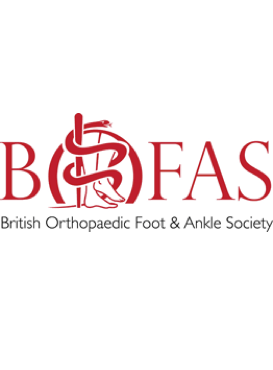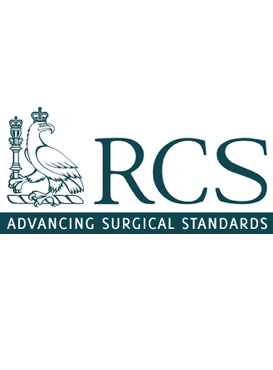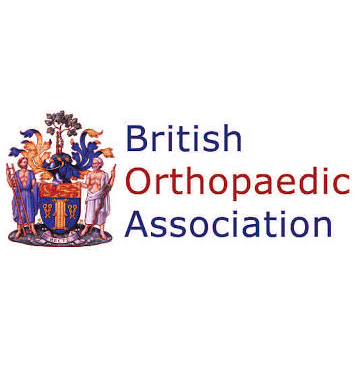Bunion Pain
The term bunion refers to a swelling on the side of the big toe joint. It is usually associated with the big toe slowly drifting to point towards the outside.
Symptoms
Bunions are very common indeed but frequently do not cause pain. If the swelling is prominent, it will become inflamed and painful, often rubbing on your shoes. For some the pain is over the swelling while for others pain develops under the ball of the foot or at the second toe, which may change shape into a hammer toe. This can limit your choice of shoes, ability to play sport or even simply walk.
Causes
There is a strong genetic tendency to forming a bunion, especially if it commences in the adolescent years. Bunions can occur in people who have always worn sensible shoes, but footwear with narrow toe-boxes and high heels can speed up the development of a bunion. They can also occur after injury, inflammatory arthritis and in muscle weakness.
Diagnosis
Clinical examination and an X-ray are required by the surgeon to check the severity and confirm which type of surgery is required. However whether surgery is needed, is determined by the severity of the pain, limitation of footwear, expectations of the patient and the speed of deterioration.
Treatment
Patients with mild bearable bunion pain can be helped by adjustment of footwear or an orthotic, given after a biomechanical assessment. A qualified podiatrist can prescribe an orthotic, which is a device inserted into the shoe to prevent the condition from worsening. These can be ready made or customised. The Cotswold Foot and Ankle Clinic works closely with a local team of expert podiatrists.
Surgery
The aim of bunion surgery is to rebalance the forefoot and straighten the hallux valgus. At the same time any lesser toe deformity can be corrected. Our reliable modern techniques provide comfort by stable fixation of the small bones of the foot. This is a big advantage over historical operations, which were traditionally very painful. The headless metal screws are very small and remain within the bone. They very rarely need to be removed.
In addition every patient will have an ankle nerve block to numb the nerves for 8 to 24 hours, giving time for the pain relieving effect of tablets to be at full strength. This will be performed by either the Anaesthetist or the Surgeon.
In the last fifteen years we have learnt which procedures are best suited to the different types of hallux valgus. The choice of operation will be tailored to your needs. The Scarf osteotomy is the most commonly performed bunion procedure by the Cotswold Foot and Ankle Clinic.
For the first two weeks patients must ideally rest to allow the wound to heal without trouble. Each patient will be given a sloped shoe for six weeks to help avoid weight passing through their tender forefoot. After this you will be taught toe exercises and may require physiotherapy.
All forefoot surgery is associated with toe stiffness and swelling for three months, but complications can also occur such as recurrence, toe numbness and infection. However overall in our hands most patients will have an excellent outcome at one year. Our Audit and Results at one year showed a Mean AOFAS score 82.3 % (excellent >80%).
The Consultant Orthopaedic Surgeon at the Cotswold Foot and Ankle Clinic has been trained in the new minimally invasive techniques for bunion surgery. Although as a principle we use minimally invasive techniques in all our surgery, the keyhole bunion operations have not yet been adopted as routine practice until good reliable evidence shows that they are better than the tried and tested gold standard methods.
Pain after Surgery
Many former procedures for the correction of a painful bunion and hallux valgus have now been shown to have a high recurrence rate. These techniques are no longer practiced by specialist Consultant Orthopaedic Foot and Ankle Surgeons. However, the Cotswold Foot and Ankle Clinic has developed an interest in further surgery to correct these complicated recurrent deformities.
Contact Us
There are many ways to book an appointment at the Cotswold Foot & Ankle Clinic. This may be a referral from either your GP, Hospital Consultant, Chartered Physiotherapist or Podiatrist.
For insured patients you will need to contact your insurance provider. If self-funding you may make a direct referral, but we prefer if you contact your GP, so they can inform us of your medical background.
OUR CONSULTANTS MR BROWN AND MR CLINT ARE MEMBERS OF




OUR LOCATIONS
Cheltenham Hospital, Nuffield Health
Cheltenham GL51 6SY
The Manor Hospital, Nuffield Health
Oxford OX3 7RP
CONTACT US
01242 246 559
admin@cotswoldfootandankle.co.uk
© Cotswold Foot & Ankle Clinic 2020 | PRIVACY POLICY